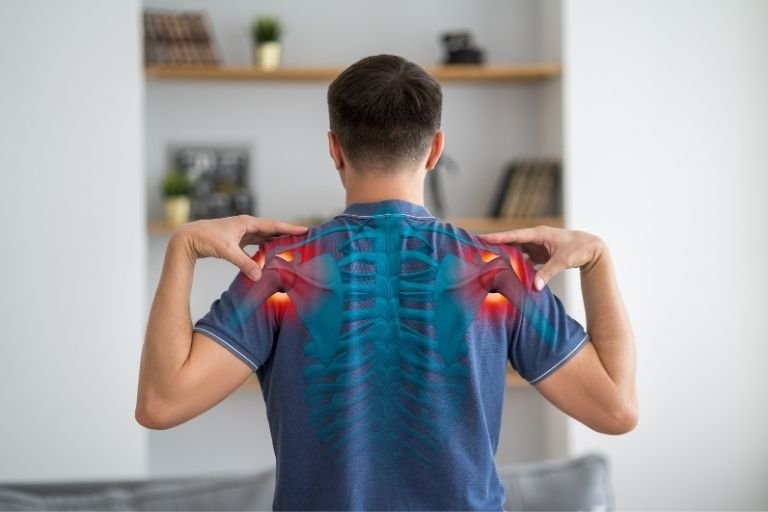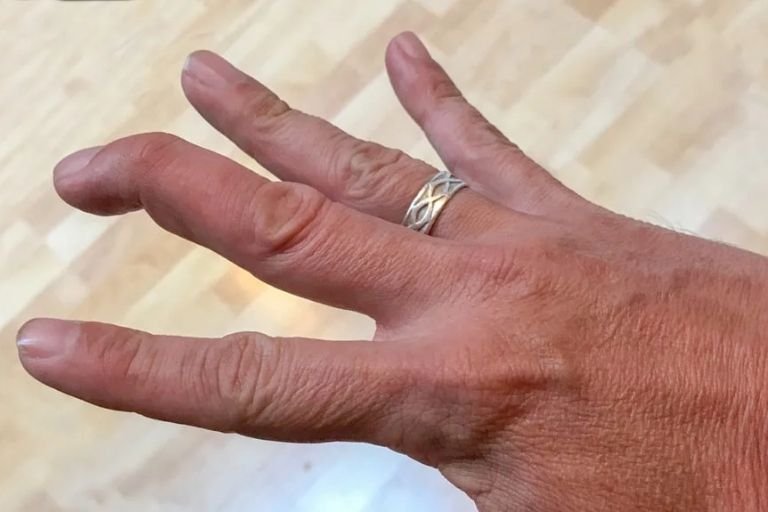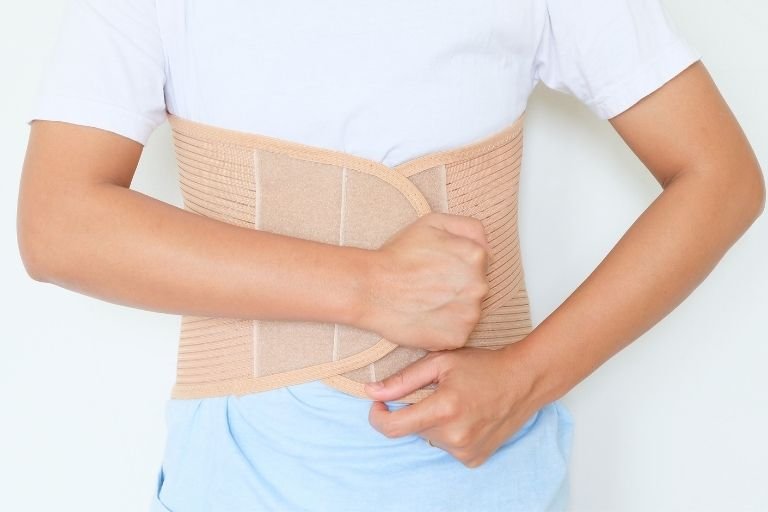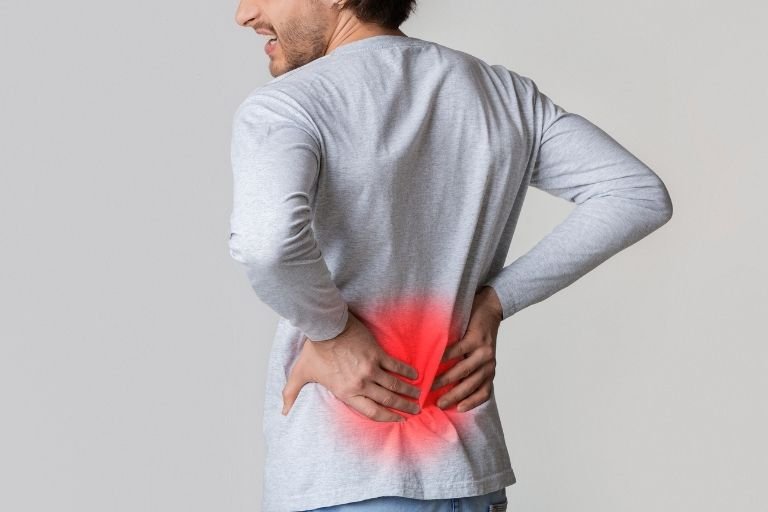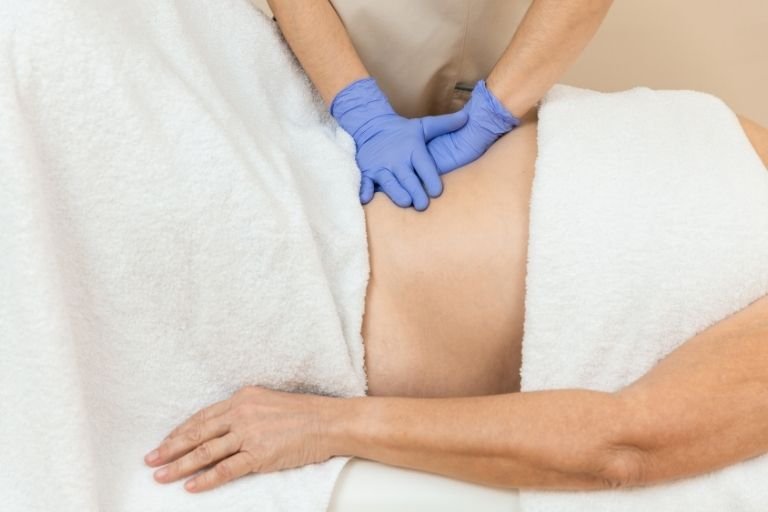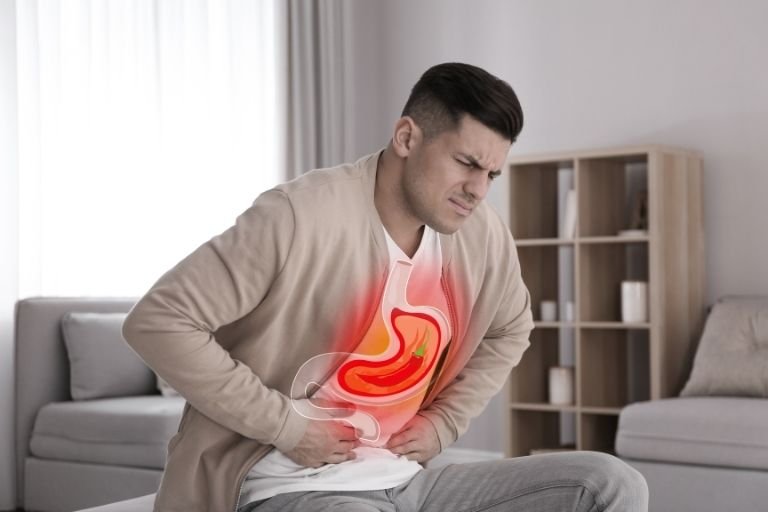- Fitwell Physiotherapy
Lumbar Spondylosis

Lumbar spondylosis, also known as spinal osteoarthritis, is a degenerative condition that affects the lumbar region of the spine, typically occurring in the lower back. It involves the wear and tear of the spinal discs and vertebrae, leading to various symptoms and discomfort. Here’s a comprehensive overview:
Please submit your details below.
Symptoms:
- Lower Back Pain: Persistent or intermittent pain in the lower back region.
- Stiffness: Difficulty in bending or moving the lower back.
- Radiating Pain: Pain may radiate to the buttocks, thighs, or even down to the legs.
- Numbness or Weakness: Tingling sensations, numbness, or weakness in the legs.
- Limited Range of Motion: Difficulty in performing certain movements or activities due to stiffness and pain.
Causes:
- Age: Aging leads to natural wear and tear of the spinal discs and vertebrae.
- Genetics: Some individuals may be predisposed to developing spondylosis due to genetic factors.
- Inactivity: Lack of physical activity or sedentary lifestyle can contribute to the development of spondylosis.
- Injury or Trauma: Previous injuries to the spine can accelerate degeneration.
- Poor Posture: Incorrect posture, especially during sitting or lifting heavy objects, can strain the spine.
When to See a Physiotherapist:
- Persistent Pain: If you experience persistent lower back pain that does not improve with rest or over-the-counter medications.
- Radiating Pain: Pain that radiates down the legs, accompanied by numbness or weakness.
- Limited Mobility: Difficulty in performing daily activities due to stiffness and limited range of motion.
- Recent Injury: If you’ve had a recent injury to the spine or lower back.
Risks:
- Chronic Pain: Lumbar spondylosis can lead to chronic lower back pain, affecting quality of life.
- Reduced Mobility: Stiffness and pain may limit mobility and ability to perform daily activities.
- Nerve Compression: In severe cases, degeneration of spinal discs can lead to compression of nerves, causing sciatica or other nerve-related symptoms.
How to Prevent:
- Maintain a Healthy Weight: Excess weight puts strain on the spine, so maintaining a healthy weight can reduce the risk of spondylosis.
- Regular Exercise: Engage in regular exercise, focusing on strengthening the core muscles and improving flexibility.
- Good Posture: Practice proper posture, especially when sitting or lifting heavy objects, to reduce strain on the spine.
- Ergonomic Work Environment: Ensure your workspace is ergonomically designed to support proper posture and minimize strain on the spine.
Treatments:
- Physiotherapy: Physiotherapy focuses on strengthening the muscles supporting the spine, improving flexibility, and relieving pain through various exercises and techniques.
- Medications: Over-the-counter pain relievers or muscle relaxants may help alleviate pain and discomfort.
- Injections: Corticosteroid injections may be recommended to reduce inflammation and relieve pain in severe cases.
- Surgery: In rare cases where conservative treatments fail to provide relief and there’s severe nerve compression, surgical intervention may be considered to decompress the nerves or stabilize the spine.
Early diagnosis and appropriate management, including physiotherapy and lifestyle modifications, can help manage symptoms and improve quality of life for individuals with lumbar spondylosis. Regular exercise, maintaining a healthy weight, and practicing good posture are key components of prevention and management.






















